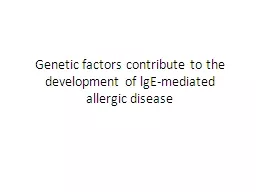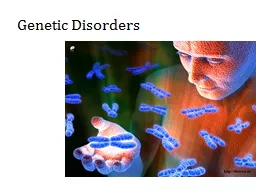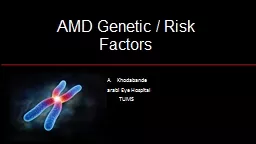PPT-Genetic factors contribute to the development of
Author : luanne-stotts | Published Date : 2020-04-03
lgE mediated allergic disease For an allergic reaction against a given antigen an individual has first to be exposed to the antigen become sensitized to
Presentation Embed Code
Download Presentation
Download Presentation The PPT/PDF document " Genetic factors contribute to the devel..." is the property of its rightful owner. Permission is granted to download and print the materials on this website for personal, non-commercial use only, and to display it on your personal computer provided you do not modify the materials and that you retain all copyright notices contained in the materials. By downloading content from our website, you accept the terms of this agreement.
Genetic factors contribute to the development of : Transcript
Download Rules Of Document
" Genetic factors contribute to the development of "The content belongs to its owner. You may download and print it for personal use, without modification, and keep all copyright notices. By downloading, you agree to these terms.
Related Documents














